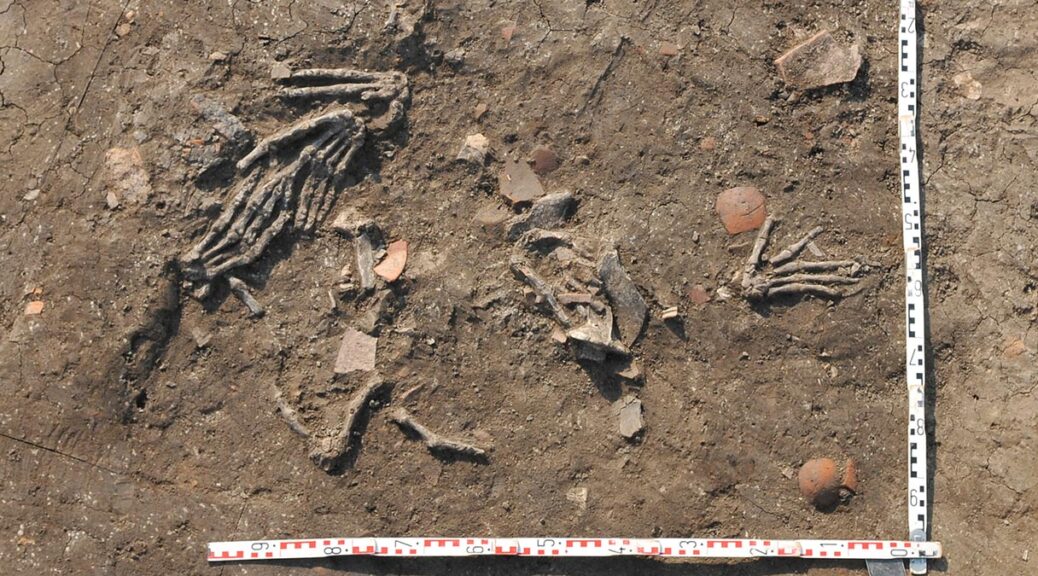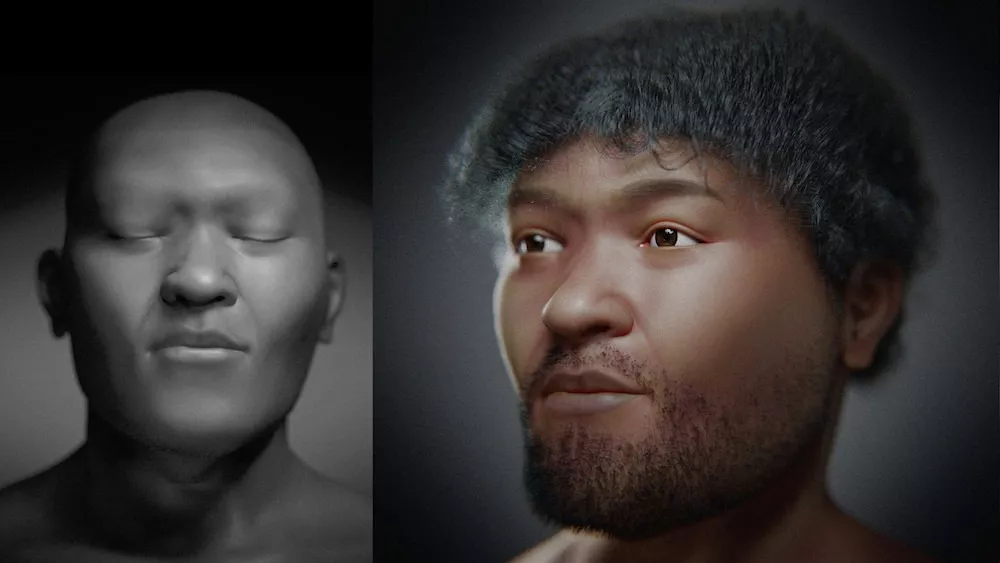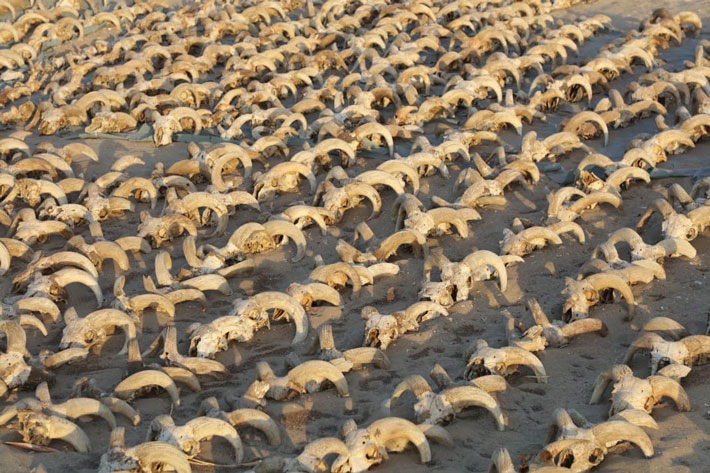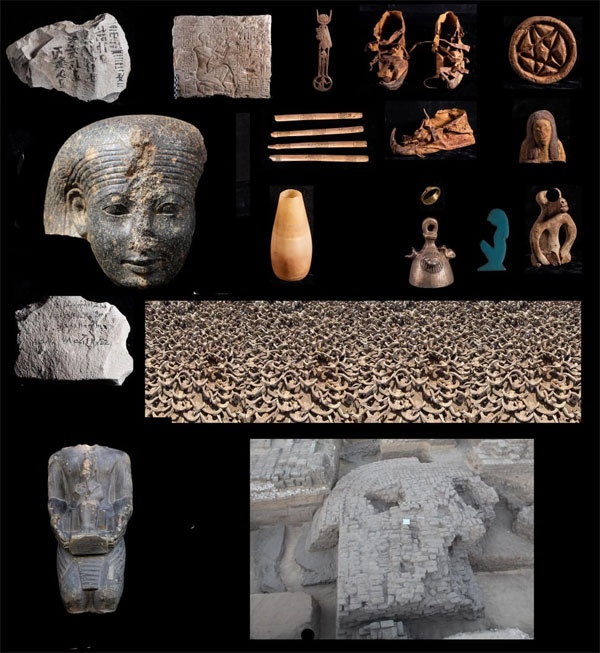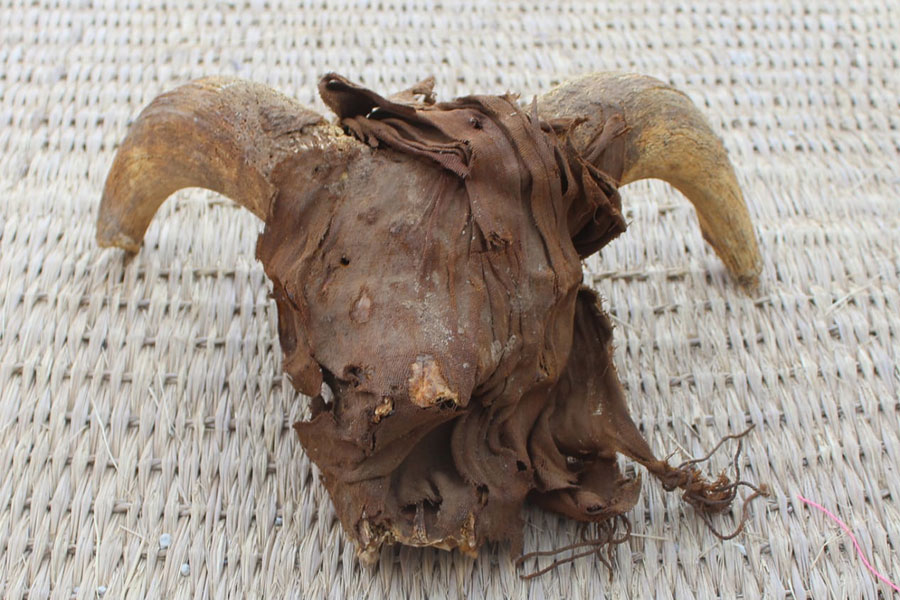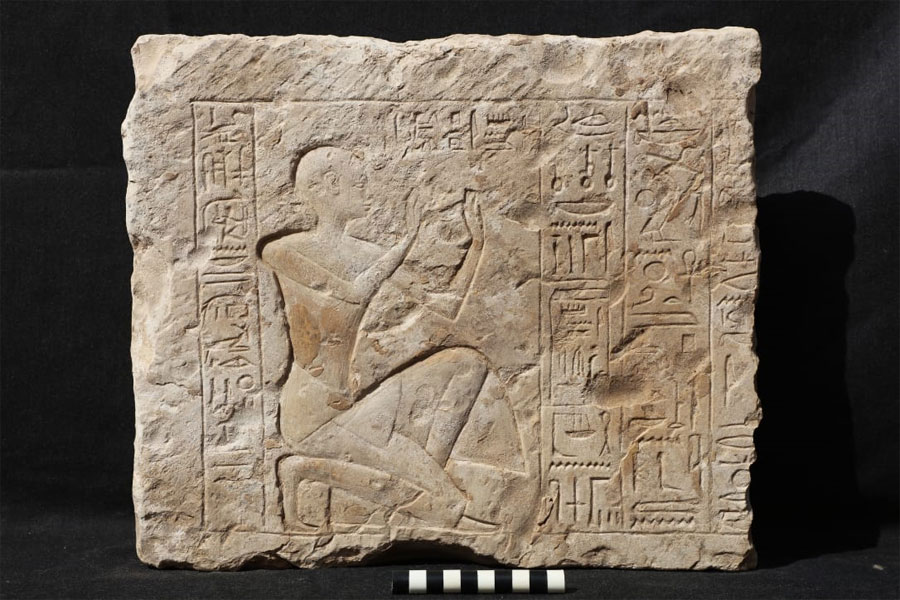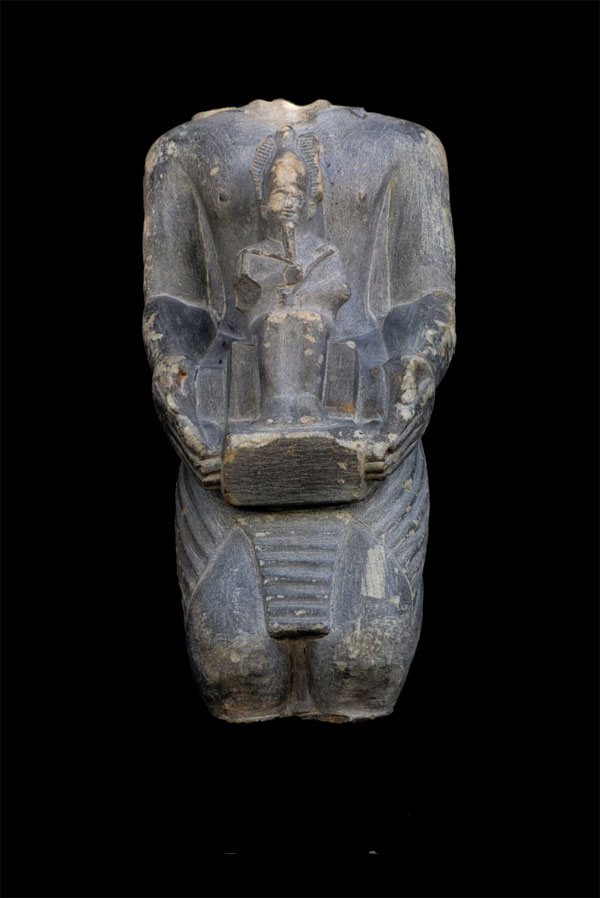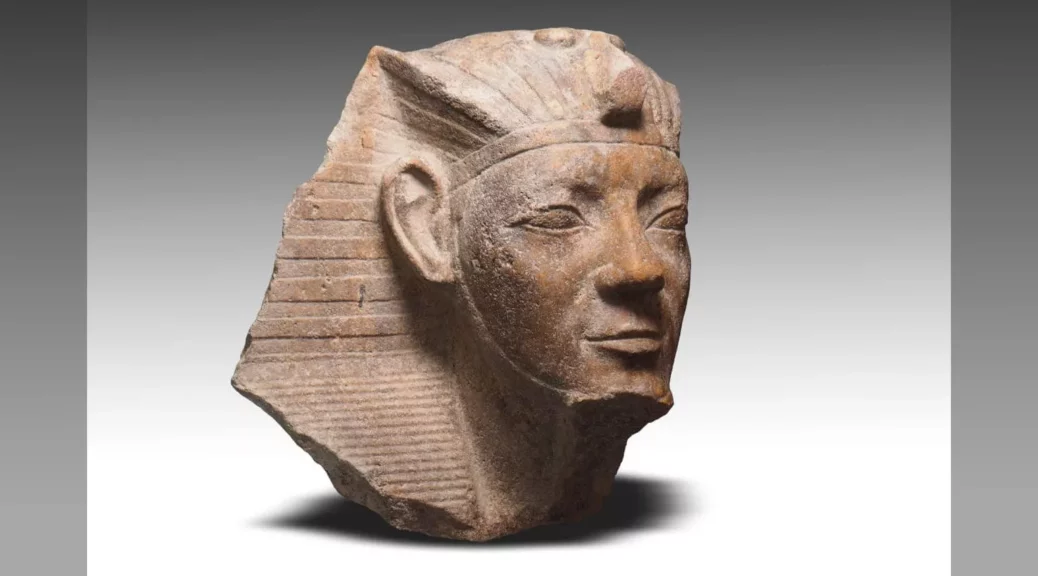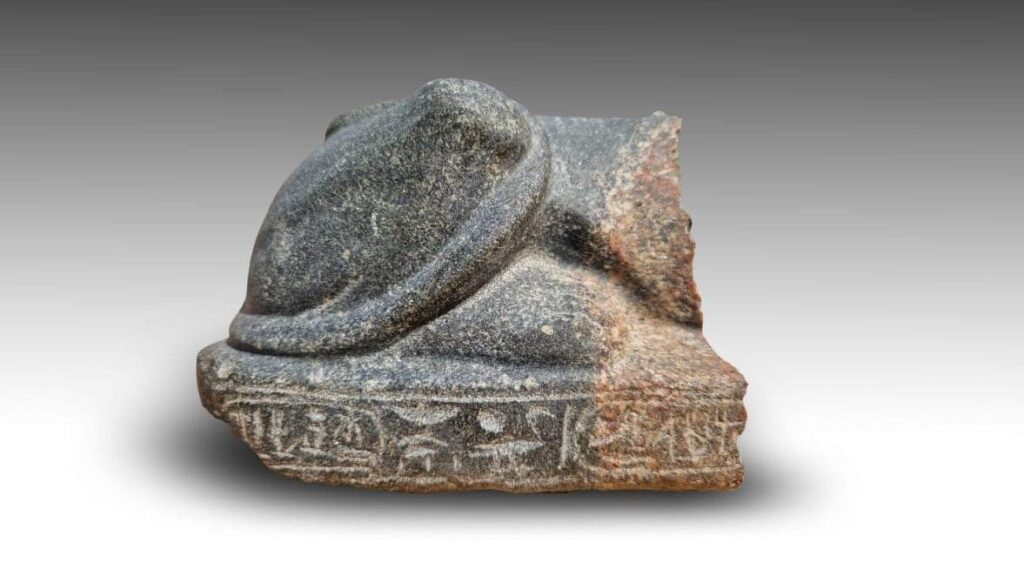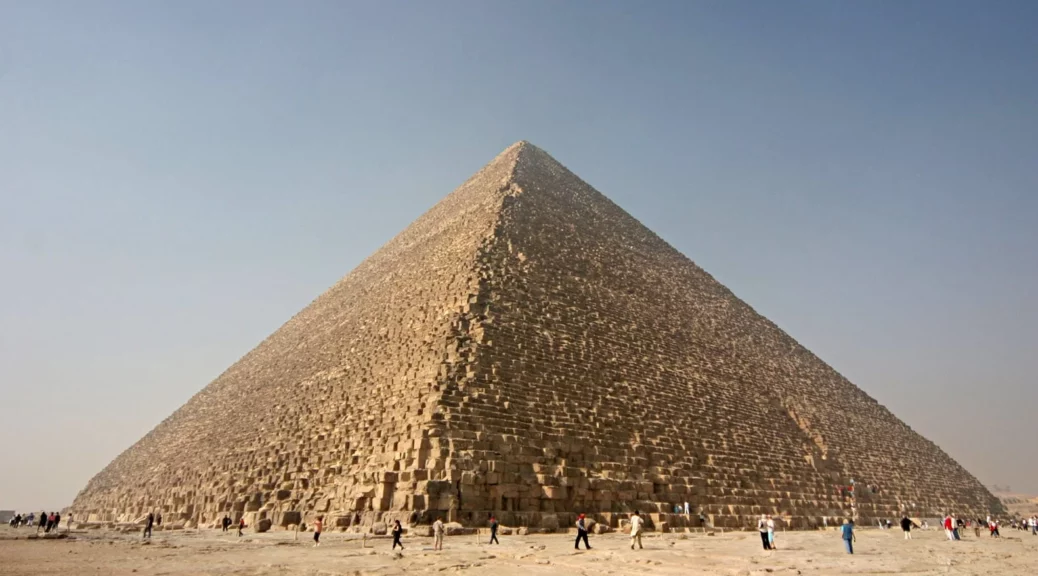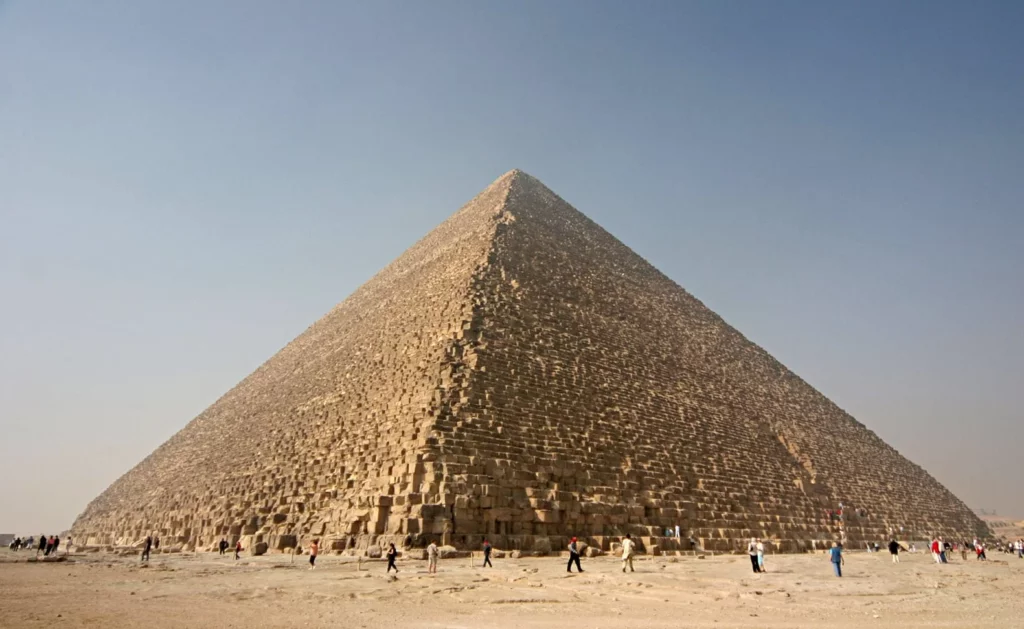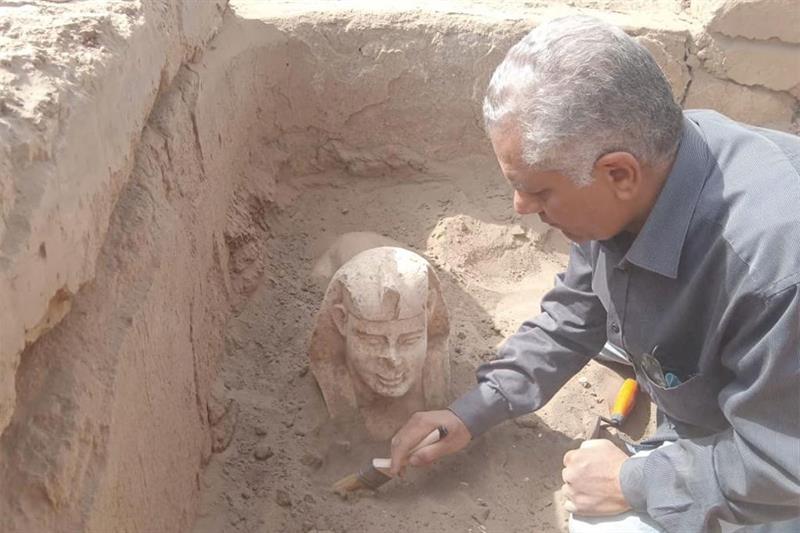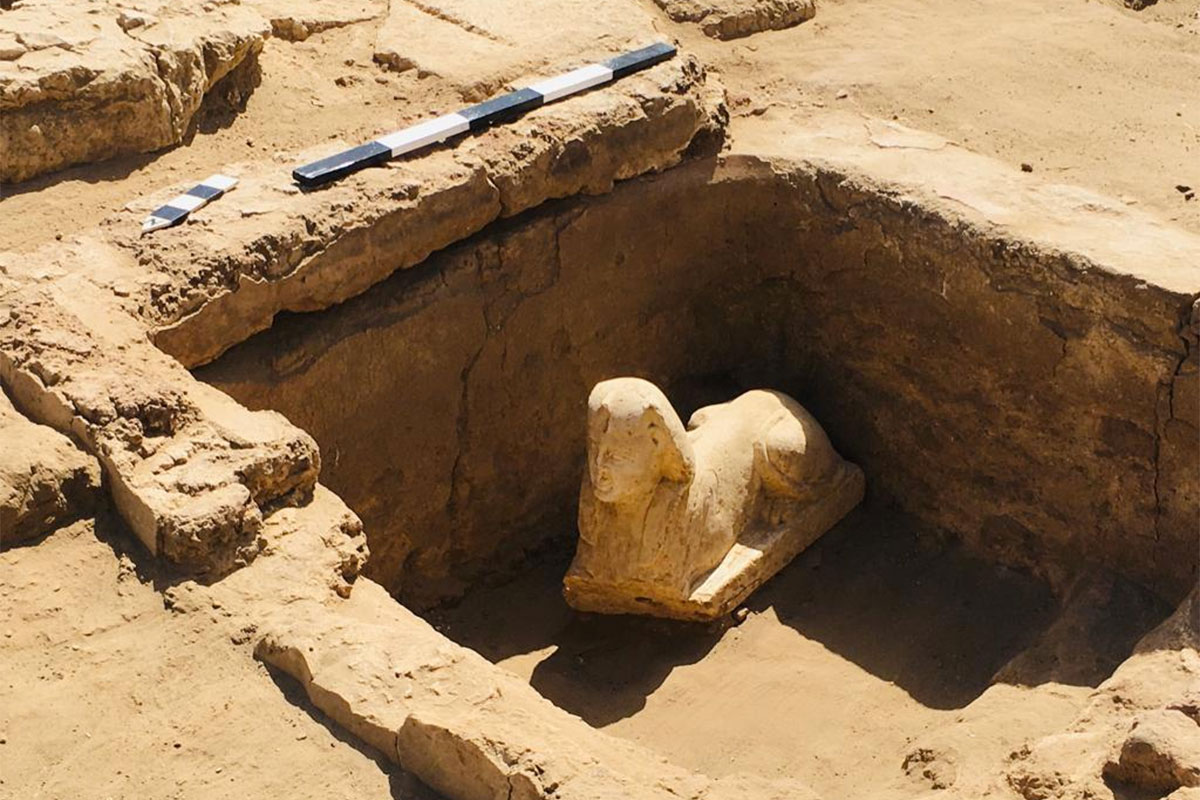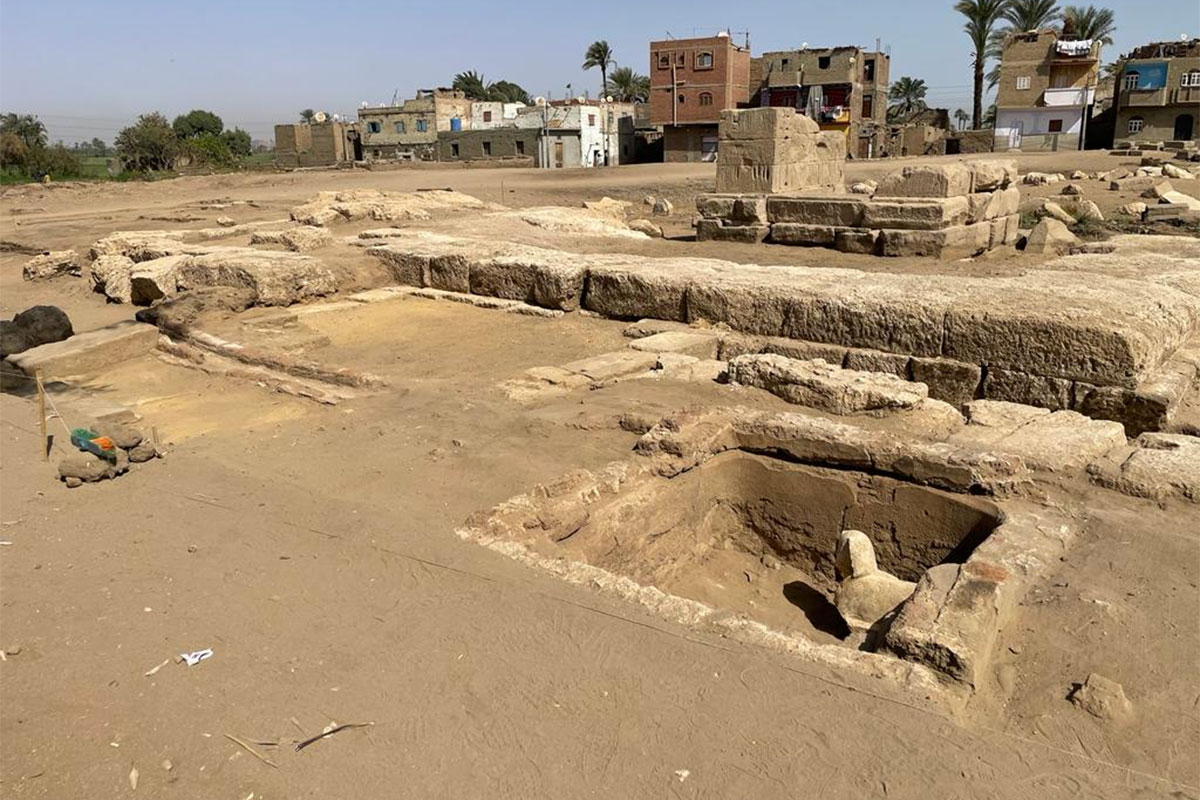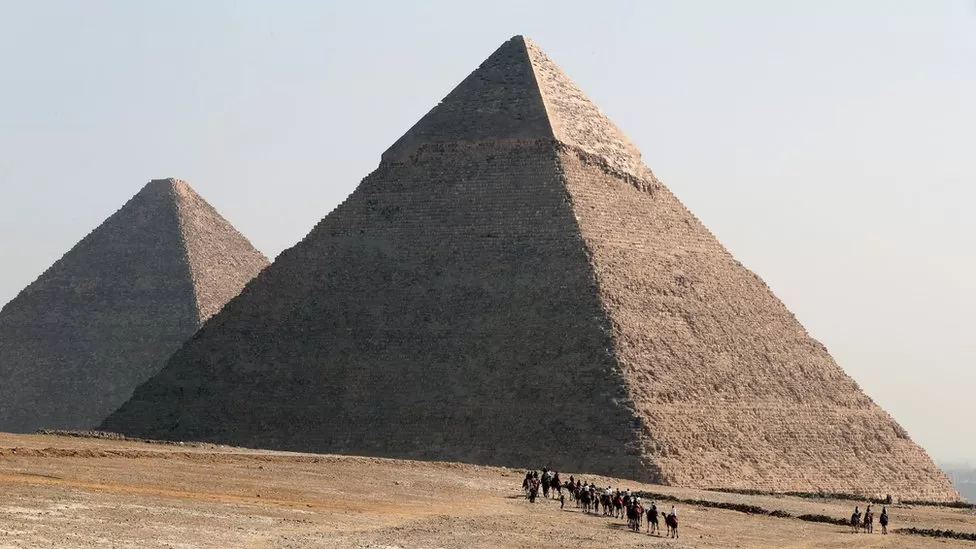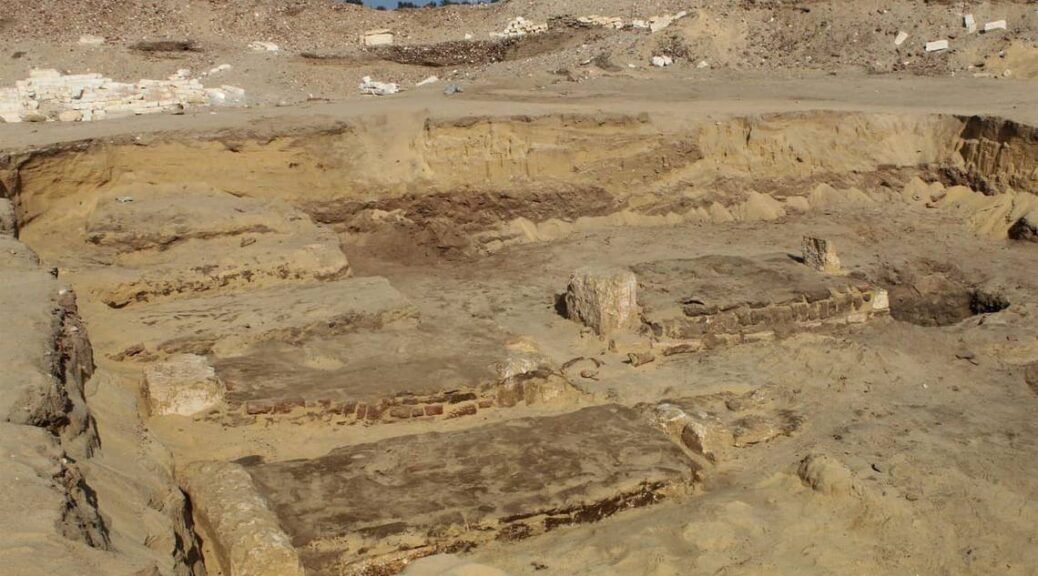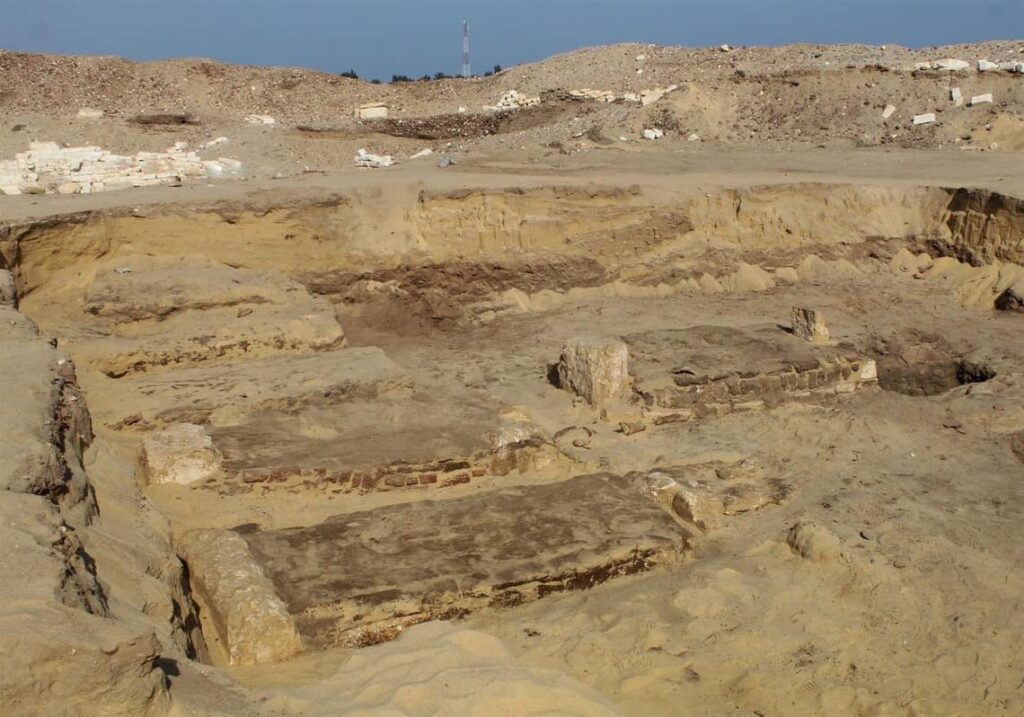Researchers Study Severed Hands Uncovered in Egypt
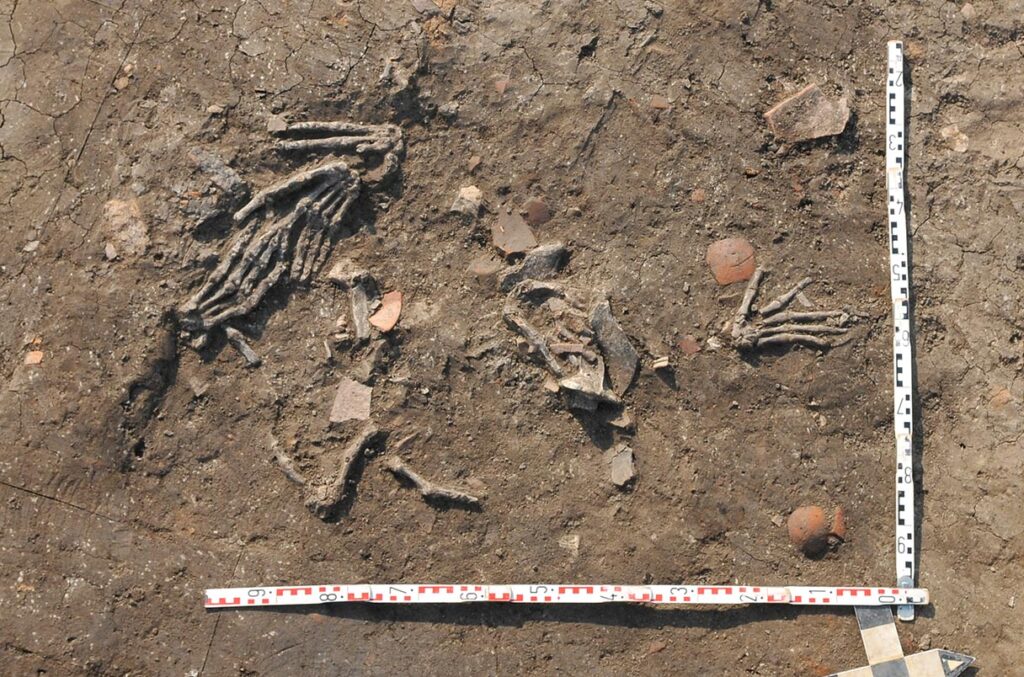
In 2011, archaeologists excavating a site in northern Egypt known as Tell el-Dab’a came across a grisly scene. As they probed a series of pits outside the city’s palace walls, 12 skeletal hands reached back at them.
The dismembered hands, researchers reported last week in Scientific Reports, are likely a cache of battlefield trophies—prizes lopped from enemies’ bodies and exchanged for gold in a ritual known as the “gold of honor.” Egyptian texts and wall carvings describe the custom, the researchers note, but these hands represent the first physical evidence of it.
“It’s very nice evidence,” says Isabelle Crevecoeur, a physical anthropologist at CNRS, the French national research agency, who was not involved with the study. “From the biological and anthropological evidence, there’s no doubt it was part of a ritual.”
The hands were dated to 1500 B.C.E., when Tell el-Dab’a was known as Avaris and briefly served as the capital of ancient Egypt. When Manfred Bietak, an archaeologist at the Austrian Academy of Sciences who has led digs at Tell el-Dab’a for decades, first saw the remains, he immediately thought of the trophy-taking ritual.
According to ancient accounts, Egyptian warriors presented the hands of slain enemies to the pharaoh, who rewarded them with gold necklaces or golden pendants in the shape of flies.
Some researchers had an alternative explanation: that the severed appendages represented a brutal punishment for criminals, perhaps thieves. There is no written or pictorial evidence of such punishments in ancient Egypt, however, and the new analysis of the Tell el-Dab’a hands supports the trophy-ritual hypothesis. For one, the hands were carefully cut from the arm. Any bones below the wrist had been removed, leaving just the hand and fingers.
“They were all prepared properly to look just like a hand should,” says German Archaeological Institute paleopathologist Julia Gresky, who led the study.
She and colleagues found no cutmarks on the bones, suggesting an almost surgical effort went into preparing them. That makes a convincing case for ritualistic amputation, not barbaric punishment, Crevecouer says. “No signs of cutting is a sign that they did it very carefully, not with an ax or something. It’s delicate work. That, for me, is a good argument they did it for a ritual.”
The care also suggests the hands were removed after death, not hacked from living prisoners. They were probably severed after rigor mortis–a tightening of the tendons in the hours after death–had passed, Gresky argues. Otherwise, it would have been difficult to cut the tendons connecting hand to arm without leaving marks on the bones.
After they were removed and modified, eight of the hands were placed carefully in a shallow pit, with several more hands laid into another pit less than 1 meter away. “If it was punishment, the hand would have just been thrown away,” Gresky says. “But they really took care with them and placed them nicely.” Located just in front of the city’s central palace, the pits would have been visible from the throne room, suggesting the pharaoh prized the hands—and supporting the notion that they were a war trophy, the researchers note.
Fingers are among the first parts of the body to decompose and fall apart, so finding intact hands suggests they were all deposited in a single event or ceremony, rather than one at a time. “Finding articulated bones means the deposits must have been made very quickly, and then protected,” Crevecoeur says. “The hand was still fleshy when it was buried–otherwise it would have fallen apart.”
The “gold of honor” ritual was probably introduced to Egypt by interlopers known as the Hyksos, Bietak says. These invaders–who perhaps came from the eastern Mediterranean–conquered Egypt around 1640 B.C.E. and controlled the region for about a century, ruling from Avaris. They introduced Egyptians to chariots and new types of weapons, such as slings and distinctive battleaxes.
Bietak thinks they also introduced the custom of taking enemies’ hands as trophies. Later in Egypt, the ritual appears to have become standard practice. Ahmose I, the pharaoh who eventually forced the last of the Hyksos out of Egypt, “had a heap of hands depicted on the wall of his temple at Abydos,” Bietak says.
The custom both honored the pharaoh and inflicted punishment beyond the grave. Since the ancient Egyptians believed one’s body had to be intact in order to pass into the next world, severing the right hand would have disfigured their enemies’ souls as well as their bodies, barring them from the afterlife.
